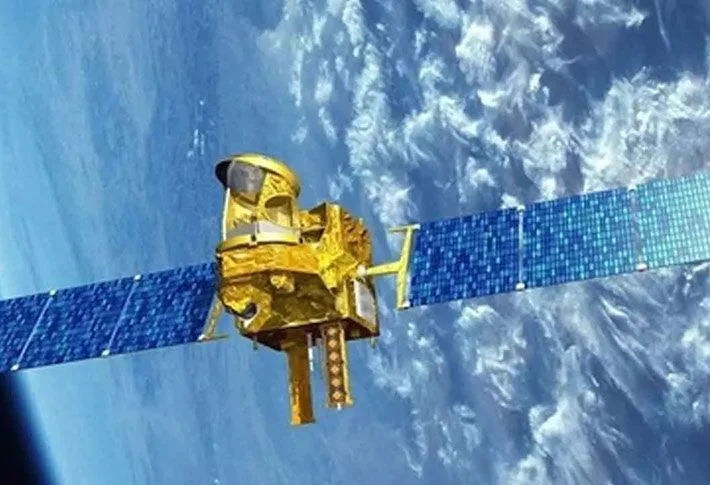
India’s EOS-09 Satellite Launch: A Game-Changer for Border Surveillance and National Security
Amidst ongoing regional tensions, India is poised to significantly bolster its surveillance and disaster management capabilities with the upcoming launch of the EOS-09 satellite. Scheduled for liftoff on May 18, 2025, at 6:59 am IST from the Satish Dhawan Space Centre in Sriharikota, this mission promises a new era in India's Earth observation prowess. But how exactly will EOS-09 enhance national security and what makes it crucial for India?
EOS-09, also known as RISAT-1B, is equipped with a state-of-the-art C-band synthetic aperture radar (SAR). This advanced technology distinguishes it from traditional optical imaging satellites. According to ISRO, RISAT-1B can capture high-resolution images of the Earth's surface regardless of weather conditions or time of day. This all-weather, round-the-clock imaging capability is a critical advantage, especially for monitoring sensitive border regions.

Enhanced Surveillance Capabilities: One of the primary benefits of EOS-09 is its ability to monitor India’s borders with Pakistan and China effectively. Its radar technology can track suspicious movements, detect infiltration attempts, and support anti-terrorism operations. Its advanced imaging modes enable it to capture images of different resolutions, allowing for both detailed observation of small objects and broad scans of larger areas. The high-resolution radar images can detect even minor changes, such as new encampments, or vehicular movement.
Strategic Importance and Military Applications: The RISAT series of satellites, including RISAT-1B, have already proven their value in military operations. Previous RISAT satellites provided critical imagery for the 2016 surgical strike in Pakistan-occupied Kashmir (PoK) and the 2019 Balakot air strike. EOS-09 builds on this legacy, offering even more advanced capabilities for intelligence gathering and strategic decision-making.

Civilian Applications and Disaster Management: Beyond defense, EOS-09's capabilities extend to various civilian applications. It can assist in agriculture monitoring, forestry management, soil moisture assessment, geology studies, sea ice and coastal surveillance, object identification, and flood monitoring. The satellite's data will complement information from other Earth observation satellites like Resourcesat, Cartosat, and the RISAT-2B series, creating a comprehensive Earth observation network. This expanded real-time coverage will support smarter governance and faster disaster response, enabling India to manage its natural resources and respond effectively to crises.
Integrating with Existing Systems: EOS-09 will supplement data from existing satellites, providing expanded real-time coverage of India's vast territory. This comprehensive approach supports smarter governance and faster disaster response, allowing for better management of natural resources and effective crisis management. The launch of EOS-09 is a significant step in bolstering India’s security and its capacity to address natural challenges.
The impending launch of EOS-09 represents a pivotal advancement in India's space capabilities. Its strategic importance for national security, coupled with its diverse civilian applications, underscores India's commitment to leveraging space technology for both defense and societal benefit. As EOS-09 prepares to take its place in the sky, all eyes are on how this advanced satellite will redefine India's approach to Earth observation and national security. What impact do you think advancements like EOS-09 will have on geopolitics and regional stability?
Share your thoughts in the comments below!